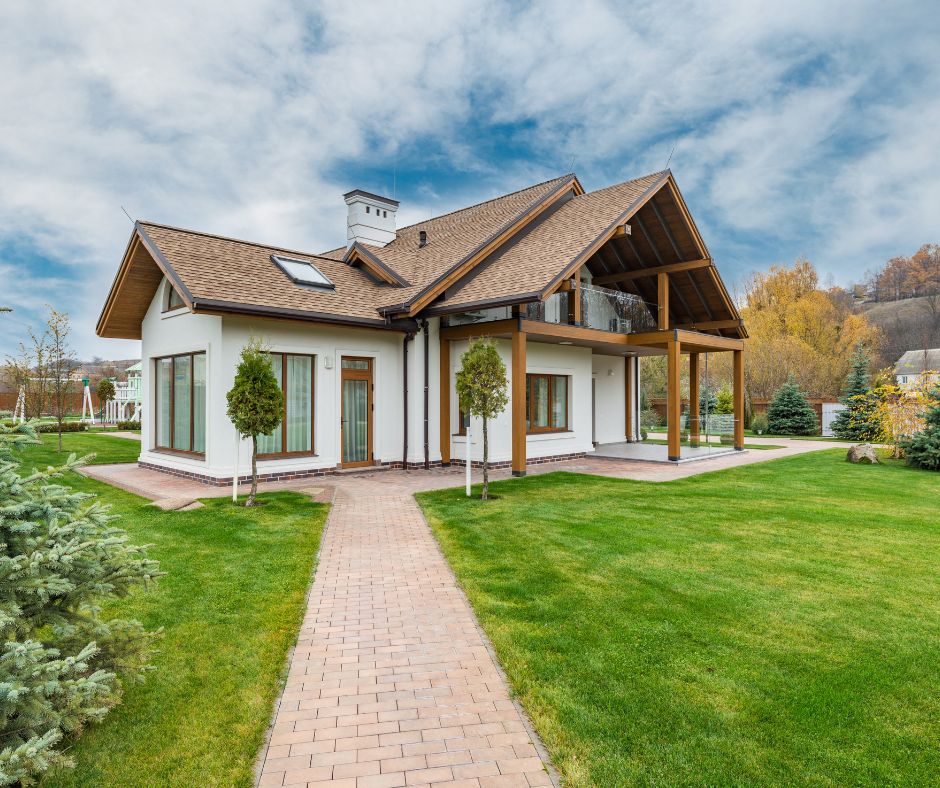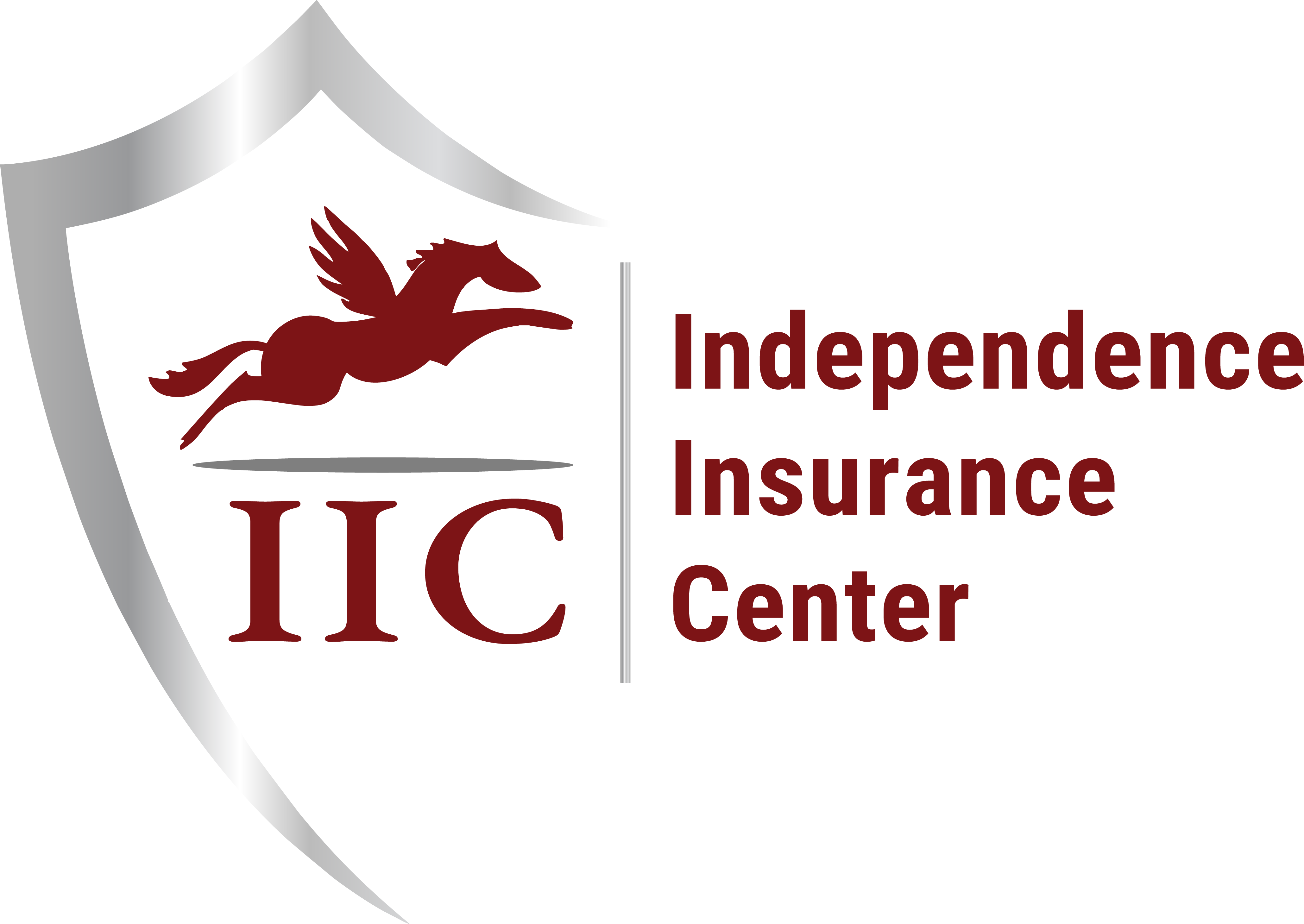You are considering purchasing an insurance policy for your beloved home. And you are also confused with what insurance type of your home, how to get enough coverage limit with the best premium, as well as who is a good agency you should choose, etc.
We can help you answer these inquiries.
Firstly, we need to know your home type. If it is a single dwelling, and you reside in that property, you should buy HO3 policy. If it’s a condo, HO6 will be the best choice. And if you would like to rent out your home, you should choose DP3.
Our post today will get into details of HO3 policy.
An HO3 policy is insurance-speak for “standard homeowners insurance”, but it also refers to the specific legal document that states what the insurance company covers and what they don’t cover.
An HO3 policy covers your home and personal belongings from unexpected damage and also covers your liability in case you’re responsible for injury or property damage.
Let’s take a closer look into the details of what covered under a HO3 policy.


Coverage A – Dwelling
Dwelling coverage pays to repair or rebuild your home’s physical structure, such as walls, floors, roof, windows, support beams, attached garage, and foundation if your home is damaged by a covered event (fire, wind, theft, etc.) unless excluded from the policy.
Coverage B – Other Structures
It protects structures on your property other than your house. That includes fences, sheds, detached garages, swimming pools, outhouses, etc.
Coverage C – Personal Property
This one pays for your personal items that have been damaged, destroyed or stolen due to a covered peril regardless where you lost them.
For example, if you travel to another state, and your baggage is accidentally stolen, this portion will pay for that loss.
Plus, coverage C also compensates for the loss of the guests’ personal property in case your home is unexpectedly burnt down, and their property is in your home at the same time.
Coverage D – Loss of Use
It covers additional living expenses, including housing expenses and in-excess of normal food costs when the insured property cannot be used. It can also cover lost income from rental properties that are unlivable.
Coverage E – Personal Liability
Protects homeowners and their family members from financial loss if someone is injured in their home. This coverage is necessary and important since it helps protect you from serious disputes or lawsuits.
Coverage F – Medical Payment
Pays for medical bills of a person (a guest or a non-family member) injured on the insured property, and the claim is less than the maximum coverage limit.
For example, Tom visited Fred’s home but unfortunately, he slipped and broke his leg. The insurance carrier will help Fred to pay Tom a maximum of $1,000 for medical expenses since Fred bought coverage F at the amount of $1,000.


